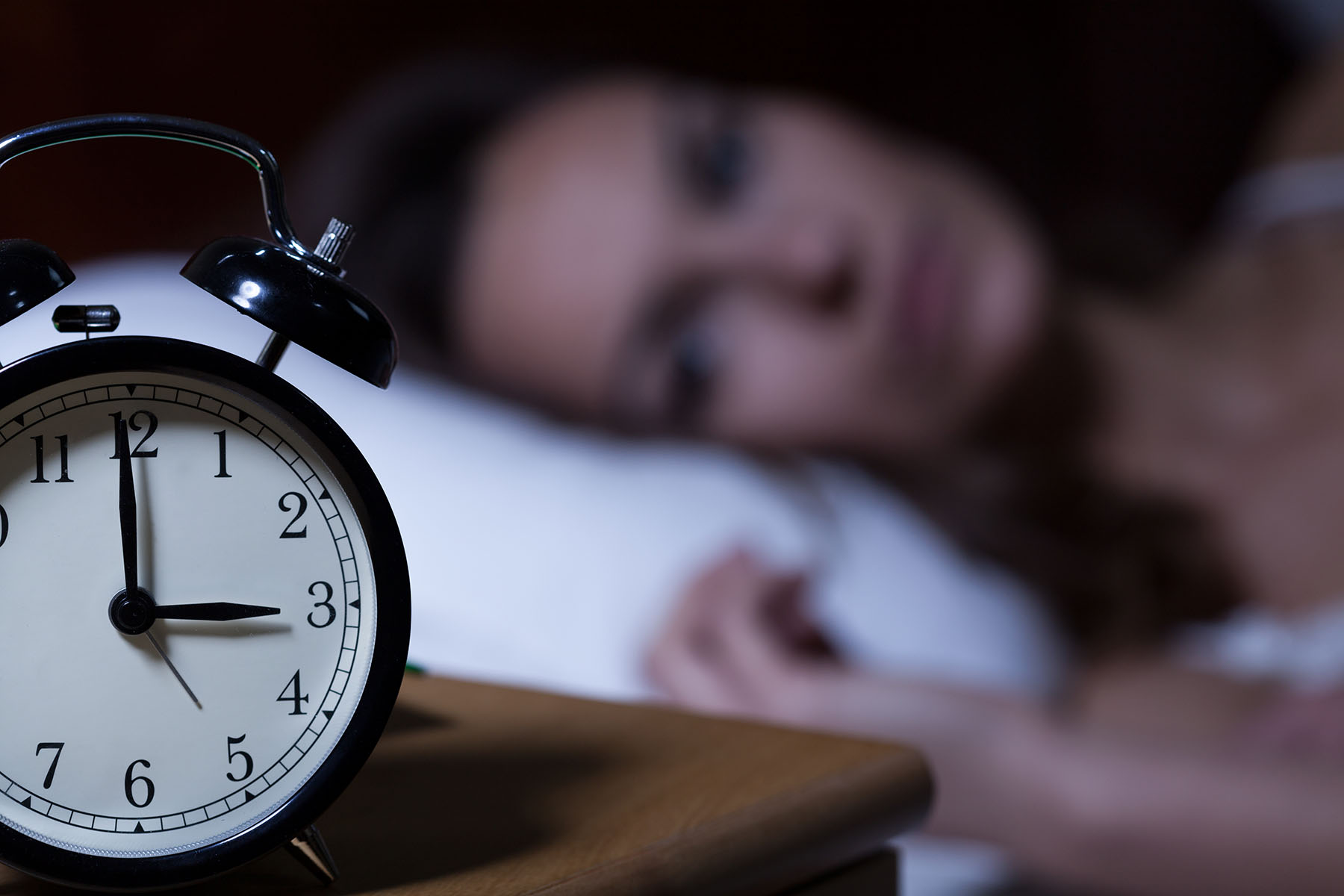What is Segmented Sleep?

Do you have a hard time falling asleep?
Waking up at 3 a.m. and staying awake the rest of the night? Too busy to catch the ZZZs you need? You are hardly alone.
More than 35% of Americans get less than the minimum recommended seven hours of sleep per night, according to the Centers for Disease Control and Prevention (CDC). And sleep experts say many more have problems sleeping.
In fact, sleep disorders are estimated to affect up to 70 million Americans every year, with insomnia occurring in 33% to 50% of the adult population.
Chronic insomnia affects another 10% to 15%.
The consequences of sleeplessness can be serious.
At the very least, sleep deprivation can lead to anxiety and depression, fatigue, memory issues, and difficulty concentrating.
At worst, it can be dangerous. One in 20 drivers has fallen asleep at the wheel in the past month. (The Sleep Foundation reports that drowsy driving is responsible for more than 6,000 fatal car crashes every year.) And people with severe insomnia are seven times more likely to have work-related accidents.
It’s no wonder that, in a 24/7 perpetually plugged-in society, most of us consider a good night’s sleep the Holy Grail of a healthy lifestyle. We pop melatonin and CBD gummies, practice yoga and relaxation techniques, and even redecorate the bedroom to promote good sleep hygiene.
Now, the latest trend is biphasic or segmented sleep — when you split your recommended hours of slumber into two parts.
“There really is no exact definition of what it is,” says Kori Ascher, D.O., a sleep medicine expert at the University of Miami’s Health System. “But the way I explain it to patients is that it’s purposefully breaking up your sleep schedule into segments. It’s more a lifestyle choice than the decision to do it in one or two days.”
Biphasic sleep is more common among night-shift workers, she adds. These workers will sleep for a few hours after getting home from work, wake up to spend time with family, and then catch a few more ZZZs before heading out again.
“They seem to naturally develop this because it lends itself to their schedule,” Dr. Ascher says.
Segmented sleep is popular in Spain, Italy, and a handful of other countries.
People might sleep 5-6 hours a night, often going to bed late, but then take an hour or hour-and-a-half nap. Others use a similar formula, maybe sleeping longer during the night and then taking a shorter nap during the day.
In other examples of biphasic sleep, a person may begin their first phase by sleeping three hours, waking around or after midnight to work, read or do chores, and then sleep again for another four to five hours.
Training your body to function in this manner isn’t easy.
It can be very difficult. You have to train your inner circadian clock to adjust, and that doesn’t always work out.
Kori Ascher, D.O.
That said, biphasic sleep may be the answer for those who are fully awake at 3 a.m. after only 4 or 5 hours of sleep. The key is to have the flexibility to sleep in late.
“If you have to wake up at a certain time to go to work, or if you have certain family responsibilities, you’re not going to be able to do this,” Dr. Ascher points out. “Society works on a certain schedule, and most of us have to keep to that.”
Segmented sleep may be an old concept. One researcher, who published a paper in the Sleep journal in 2016, wrote that middle-of-the-night wakefulness was considered normal up until the 19th century. Back then, people used that time for activities, such as going to the outhouse or putting more wood on the fire before hitting the sack again.
Today?
“It’s not widespread, and it’s not considered a normal schedule,” Dr. Ascher says.
There’s also no scientific proof that it can help us sleep better.
“The medical literature is pretty scattered on this,” she adds. “I certainly support it if it helps people, but it’s not significantly beneficial or detrimental when compared to a typical sleep schedule.”
Dr. Ascher has other tried-and-true suggestions for a good night’s rest:
- Keep a sleep schedule. Wake up at the same time every day. Don’t sleep in.
- Turn off devices at least an hour before bedtime.
- Cut out the caffeine, alcohol, and nicotine.
- Keep your bedroom cool and dark at night.
- Get some sunlight in the morning.
- Make sleep a priority.
- Get an appointment with your health care provider if falling asleep or staying asleep becomes a persistent problem.

Ana Veciana-Suarez is a regular contributor to the University of Miami Health System. She is a renowned journalist and author who has worked at The Miami Herald, The Miami News, and The Palm Beach Post. Visit her website at anavecianasuarez.com or follow @AnaVeciana on Twitter.
Tags: circadian rhythm, Dr. Kori Ascher, excessive daytime sleepiness, polyphasic sleeping, sleep problems, wake up in the middle
